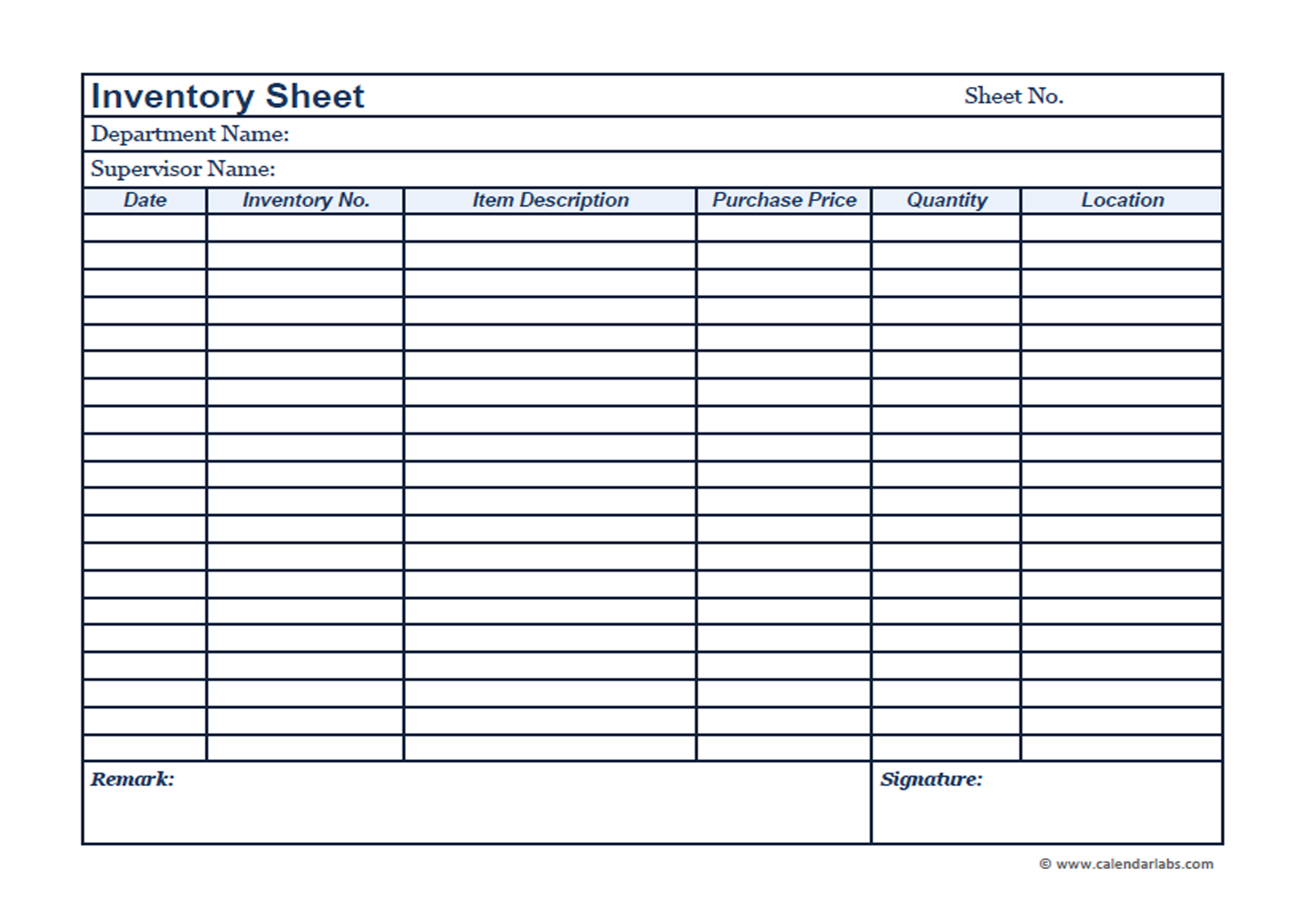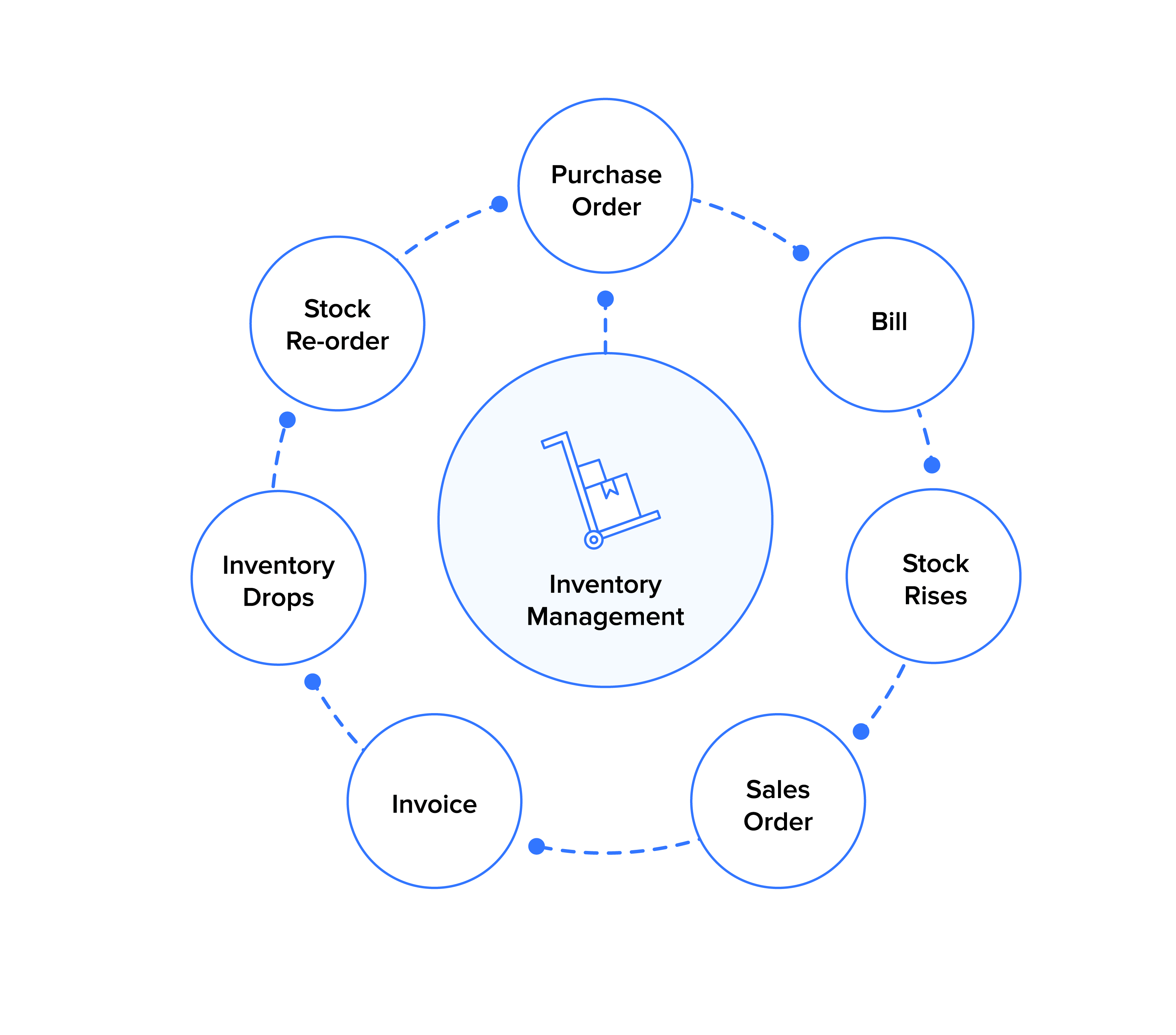Simple inventory system for small business – In today’s competitive business landscape, managing inventory effectively is crucial for small businesses to thrive. A simple inventory system can streamline operations, reduce costs, and enhance profitability. This guide provides a comprehensive overview of simple inventory systems, their benefits, and best practices to help small businesses make informed decisions.
From understanding the basics to implementing and optimizing an inventory system, this guide covers everything you need to know to streamline your inventory management and drive business success.
Introduction
Inventory management is critical for small businesses to ensure they have the right products in stock to meet customer demand while minimizing waste and losses. It involves tracking the flow of goods from the point of purchase to the point of sale, optimizing stock levels, and managing inventory costs.
Small businesses often face challenges in managing inventory effectively due to limited resources, space constraints, and lack of specialized knowledge. They may struggle with manual tracking methods, inefficient processes, and difficulty in forecasting demand accurately.
Key Features of a Simple Inventory System
A simple inventory system can help small businesses overcome these challenges by providing:
- Centralized inventory data: A single platform to track all inventory items, including quantities, locations, and costs.
- Automated inventory tracking: Real-time updates on inventory levels, eliminating the need for manual counting and reducing errors.
- Stock alerts and reorder points: Notifications when inventory levels fall below predefined thresholds, ensuring timely restocking.
- Inventory valuation and reporting: Accurate calculation of inventory value and generation of reports for analysis and decision-making.
Types of Simple Inventory Systems
For small businesses, selecting the appropriate inventory system is crucial for efficient stock management and business operations. There are several types of simple inventory systems available, each with its advantages and disadvantages.
Manual Inventory System
A manual inventory system involves tracking stock levels using physical records, such as pen and paper or spreadsheets. This method is straightforward and requires minimal setup costs. However, it can be time-consuming and prone to errors, especially as inventory levels increase.
Periodic Inventory System
A periodic inventory system involves counting stock levels at regular intervals, typically at the end of each month or quarter. This method provides a snapshot of inventory levels at a specific point in time. It is less labor-intensive than a perpetual inventory system but does not provide real-time updates on stock levels.
Perpetual Inventory System, Simple inventory system for small business
A perpetual inventory system involves tracking stock levels in real-time using software or an inventory management system. This method provides accurate and up-to-date information on stock levels, allowing businesses to make informed decisions about inventory management and replenishment.
Benefits of Using a Simple Inventory System
Implementing a simple inventory system offers numerous advantages for small businesses, enabling them to enhance their operations and streamline their inventory management processes.
By leveraging a simple inventory system, small businesses can:
- Improve accuracy and reduce errors: Manual inventory tracking is prone to errors, leading to discrepancies and potential losses. A simple inventory system automates the process, minimizing human error and ensuring data accuracy.
- Optimize stock levels: With real-time visibility into inventory levels, businesses can make informed decisions about reordering and avoid overstocking or stockouts. This optimization helps reduce storage costs and prevents lost sales due to unavailability of products.
- Enhance customer satisfaction: Accurate inventory information allows businesses to fulfill orders promptly and avoid disappointing customers with backorders or out-of-stock items. Improved customer satisfaction leads to increased loyalty and repeat business.
- Reduce waste and spoilage: By tracking inventory levels and identifying slow-moving items, businesses can take proactive measures to reduce waste and spoilage. This helps minimize losses and improves overall profitability.
- Save time and resources: A simple inventory system automates inventory management tasks, freeing up valuable time for business owners and employees to focus on other important aspects of their operations.
Case Study
Small business owner, Emily Carter, implemented a simple inventory system in her boutique. She reports a significant reduction in inventory discrepancies and a 15% increase in sales due to improved stock availability. Emily attributes her success to the accuracy and efficiency provided by the inventory system.
Features to Consider When Choosing a Simple Inventory System

Selecting the right simple inventory system is crucial for small businesses to manage their stock effectively. Consider these key features to find the best fit for your needs.
Prioritize features based on your business’s specific requirements, such as product categories, storage capacity, and inventory turnover rate.
Essential Features
- Product Management: Track inventory levels, product descriptions, and SKUs.
- Real-Time Updates: Automatically update inventory levels as transactions occur.
- Reporting and Analytics: Generate reports on inventory status, stock trends, and low-stock alerts.
- Integration: Seamlessly connect with other business systems, such as accounting software.
Additional Features
- Multi-Location Support: Manage inventory across multiple warehouses or stores.
- Barcode Scanning: Streamline inventory tracking with barcode scanners.
- Mobile Access: Manage inventory on the go with a mobile app.
- Cost Tracking: Monitor inventory costs and calculate profit margins.
Implementing a Simple Inventory System
Implementing a simple inventory system is crucial for small businesses to streamline their operations and enhance efficiency. Here’s a step-by-step guide to assist you in this process:
Step 1: Define Your Needs
Identify the specific requirements of your business, including the types of inventory you carry, the storage space available, and the desired level of detail in your system.
Step 2: Choose an Inventory Management Method
Select a method that aligns with your business needs. Options include manual systems (e.g., spreadsheets), software-based systems (e.g., inventory management apps), or a combination of both.
Step 3: Set Up Your System
Configure your chosen inventory system according to your business requirements. This includes creating product categories, setting up storage locations, and defining inventory units.
Step 4: Train Your Team
Educate your staff on the inventory system and its importance. Ensure they understand the processes for receiving, storing, and tracking inventory.
Step 5: Monitor and Adjust
Regularly review your inventory levels and make adjustments as needed. Monitor the performance of your system and make improvements to optimize efficiency.
Best Practices for Using a Simple Inventory System

To maximize the effectiveness of a simple inventory system, it’s essential to follow certain best practices. These practices will ensure accurate inventory records and enable you to make informed business decisions.
Maintaining Accurate Inventory Records
Maintaining accurate inventory records is crucial for the effective functioning of a simple inventory system. Here are some tips to achieve this:
- Regularly reconcile inventory records with physical counts: This helps identify and correct any discrepancies.
- Establish clear procedures for receiving and issuing inventory: This ensures that all transactions are properly recorded.
- Use barcode or RFID technology: This can automate data entry and reduce errors.
- Train staff on proper inventory management techniques: This includes understanding how to count and record inventory accurately.
Using Inventory Data to Make Informed Business Decisions
Inventory data can provide valuable insights for making informed business decisions. Here are some ways to leverage this data:
- Identify slow-moving and fast-moving items: This helps optimize inventory levels and reduce waste.
- Forecast demand and plan production: Inventory data can be used to predict future demand and adjust production schedules accordingly.
- Monitor inventory turnover: This metric indicates how quickly inventory is being sold and replaced.
- Identify potential stockouts: By analyzing inventory levels and demand patterns, you can anticipate potential stockouts and take proactive measures.
Final Summary

Implementing a simple inventory system is a game-changer for small businesses looking to optimize their operations and maximize profits. By embracing the strategies Artikeld in this guide, you can gain control over your inventory, reduce waste, and make data-driven decisions that drive growth and profitability.
FAQ Section: Simple Inventory System For Small Business
What are the key features of a simple inventory system?
Key features include tracking inventory levels, managing stock levels, generating reports, and providing insights into inventory performance.
How can a simple inventory system benefit small businesses?
Benefits include reduced costs, improved efficiency, enhanced customer satisfaction, and data-driven decision-making.
What are some best practices for using a simple inventory system?
Best practices include maintaining accurate inventory records, conducting regular inventory audits, and using inventory data to make informed business decisions.